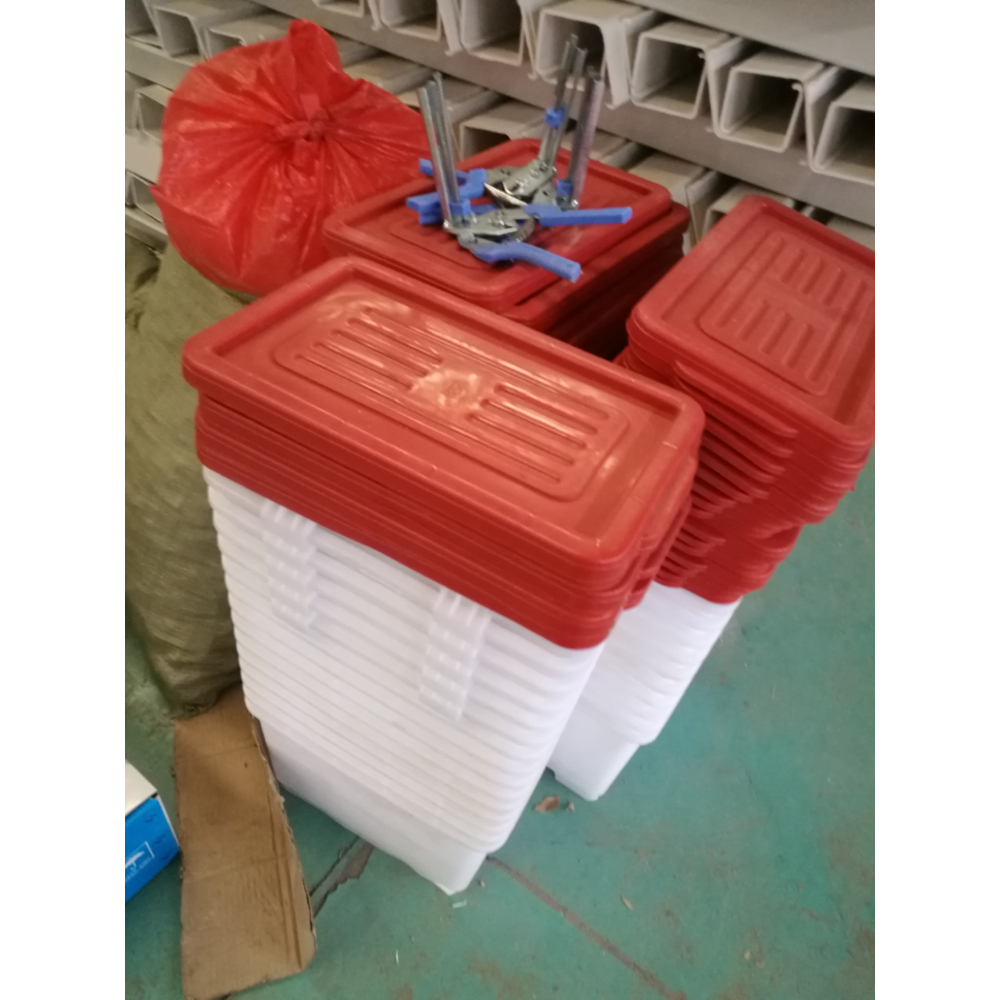Efficient Cooling Solutions with Advanced Evaporative Filter Pads for Enhanced Air Quality
Dec . 05, 2024 04:37 Back to list
Efficient Cooling Solutions with Advanced Evaporative Filter Pads for Enhanced Air Quality
Understanding Evaporative Cooling Filter Pads
Evaporative cooling is a process that utilizes water evaporation to provide effective and energy-efficient cooling solutions. One essential component of many evaporative cooling systems is the filter pad. These pads play a crucial role in enhancing the efficiency of the cooling process, ensuring that the air circulated in a space remains refreshing and comfortable. In this article, we will explore the function, types, maintenance, and benefits of evaporative cooling filter pads.
Function of Evaporative Cooling Filter Pads
Filter pads in evaporative cooling systems serve multiple functions. Primarily, they create a surface for water to evaporate, which absorbs heat from the air passing through the pads. As the air travels through the saturated pads, moisture evaporates, and the temperature of the air drops, allowing the cooled air to circulate in the desired environment. Additionally, these pads also filter out dust, pollen, and other airborne particles, improving indoor air quality.
Types of Evaporative Cooling Filter Pads
There are several types of evaporative cooling filter pads, each designed to meet specific performance needs
1. Cellulose Pads These are made from thick, corrugated paper or cellulose material. They offer excellent water retention and evaporation surface areas, making them highly efficient. Cellulose pads are biodegradable and generally have a longer lifespan than other types.
2. Synthetic Pads Made from materials such as plastic, synthetic pads are durable and resistant to mold and mildew. They do not break down over time like cellulose and can be easier to clean, although they might not hold water as effectively.
3. Aluminum Pads Less common than cellulose and synthetic pads, aluminum pads are designed for industrial applications. They offer high durability and longevity, but their efficiency might vary based on the conditions they are used in.
Maintenance of Evaporative Cooling Filter Pads
Regular maintenance of evaporative cooling filter pads is crucial for optimal performance. Over time, mineral deposits and debris may accumulate on the pads, reducing their effectiveness. Here are some maintenance tips
evaporative cooling filter pads

- Regular Cleaning Depending on the water quality, the pads may need cleaning every season or more frequently
. Rinsing them with water can help remove dirt and mineral buildup.- Replacement Check the condition of the pads periodically. If they show signs of deterioration, such as cracking or severe discoloration, it is time to replace them.
- Water Quality Management Using treated water can significantly reduce scale buildup on the pads, ensuring longer lifespan and better efficiency.
Benefits of Using Evaporative Cooling Filter Pads
The use of evaporative cooling filter pads in cooling systems offers numerous benefits
- Energy Efficiency Unlike conventional refrigeration systems, evaporative cooling uses significantly less energy, making it an environmentally friendly choice.
- Cost-Effectiveness Operation and maintenance costs are generally lower, providing long-term savings for consumers.
- Improved Air Quality The filtering capacity of these pads enhances indoor air quality by trapping airborne pollutants.
- Simplicity of Design Evaporative cooling systems are easier to install and require less maintenance than traditional air conditioning systems.
In conclusion, evaporative cooling filter pads are vital components that enhance the efficiency and effectiveness of evaporative cooling systems. By selecting the right type of pad and committing to regular maintenance, users can enjoy a comfortable and healthier indoor environment while reducing energy costs. As the world continues to move towards sustainable solutions, evaporative cooling systems and their filter pads represent a promising option for cooling in various settings.
-
Hot Sale 24 & 18 Door Rabbit Cages - Premium Breeding Solutions
NewsJul.25,2025
-
Automatic Feeding Line System Pan Feeder Nipple Drinker - Anping County Yize Metal Products Co., Ltd.
NewsJul.21,2025
-
Automatic Feeding Line System Pan Feeder Nipple Drinker - Anping County Yize Metal Products Co., Ltd.
NewsJul.21,2025
-
Automatic Feeding Line System - Anping Yize | Precision & Nipple
NewsJul.21,2025
-
Automatic Feeding Line System - Anping Yize | Precision & Nipple
NewsJul.21,2025
-
Automatic Feeding Line System-Anping County Yize Metal Products Co., Ltd.|Efficient Feed Distribution&Customized Animal Farming Solutions
NewsJul.21,2025






